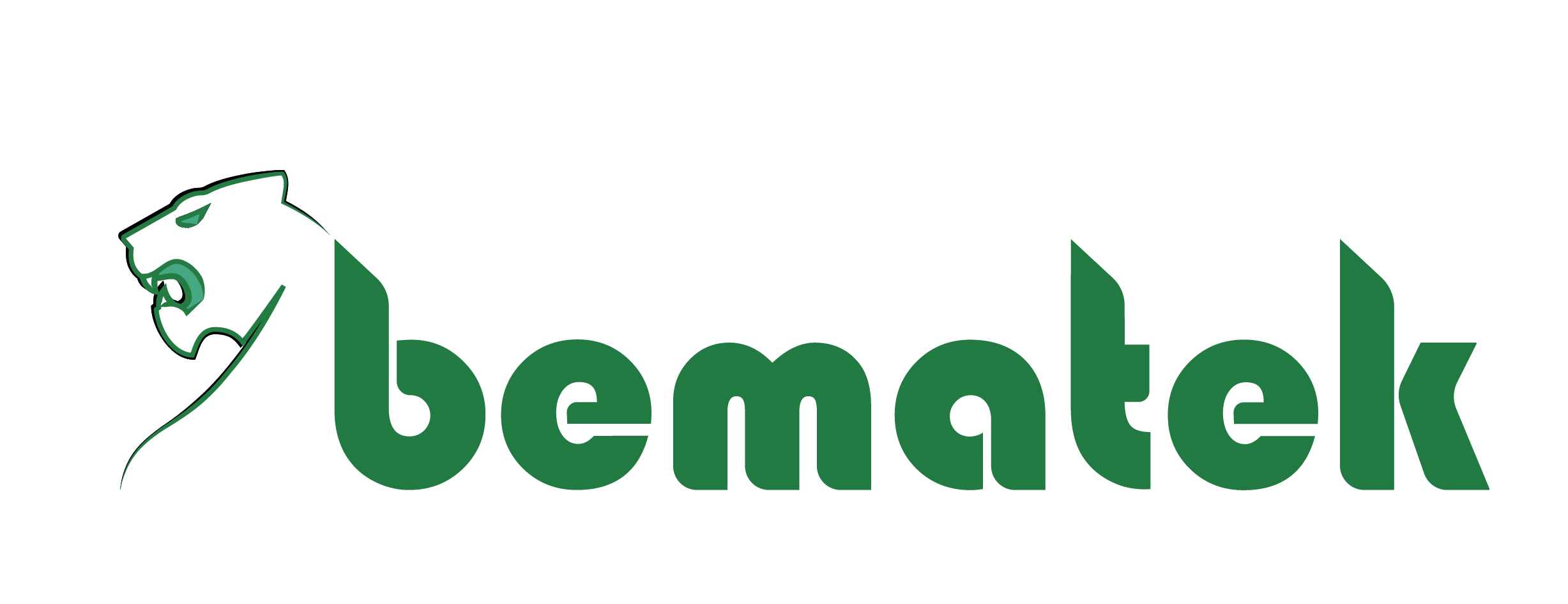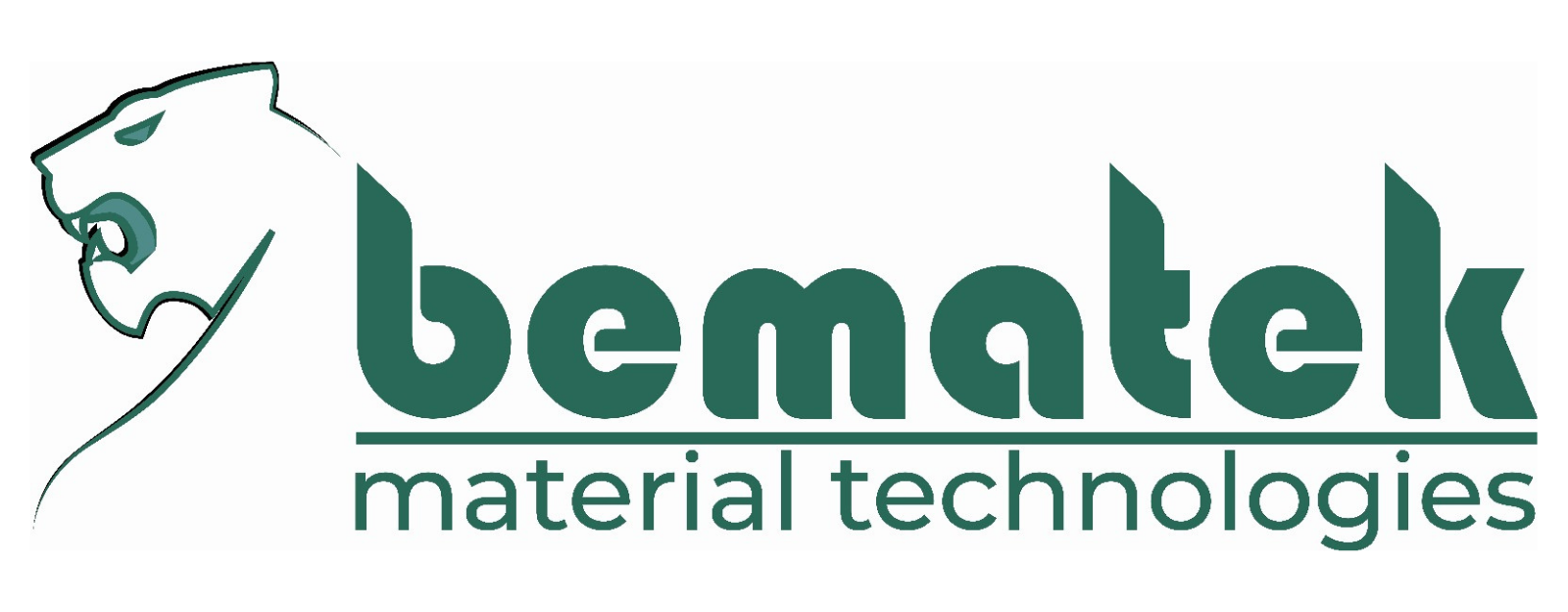- +90 544 834 98 11
- InnoPark, Mah, 101.Cad No:8/1 D:3 Blok, 42250 Selçuklu/Konya, Türkiye
What is Boron Mine and Where is It Used?
How does boron come out of the soil?
Boron minerals are obtained through methods such as open pit mining (Turkey, USA, Argentina, Bolivia, Chile, China and Russia), closed pit mining (USA and China) and solution mining (USA). Open Pit mining; It includes drilling, blasting and loading operations.
How is boron processed?
Boron minerals are obtained using various mining methods and then enriched by physical processing. Then, the enriched products, called concentrated boron, are refined by chemical processes and converted into various boron chemicals. For example, borax pentahydrate is obtained from the sodium-based tincal mineral, and boric acid is obtained from the calcium-based colemanite mineral.
Boron Products Production Processes
Borax Decahydrate: Tincal mineral that is milled; It is passed through dissolving, precipitation, filtering, crystallization and drying processes to obtain a boracic decahydrate product with a minimum of 36.5% B2 O3 grade.
Borax Pentahydrate: Moist borax decahydrate crystals separated from borax centrifuges are fed to pentahydrate reactors that have reached a certain temperature. Saturated solution taken from the reactor; Borax pentahydrate product with minimum 47.8% B2 O3 grade is obtained by going through precipitation, filtering, crystallization and drying processes.
Sodium Perborate Monohydrate/Tetrahydrate: The borax solution obtained by dissolving and filtering tincalin is reacted with sodium hydroxide and hydrogen peroxide to obtain metaborate solution. This solution; It is subjected to precipitation, filtering, crystallization and drying processes to obtain sodium perborate tetrahydrate product with a minimum grade of 22.6% B2 O3. Sodium perborate tetrahydrate crystals produced in the Sodium Perborate factory are fed to the dryer. As a result of the drying process, sodium perborate monohydrate product with a minimum grade of 34.0% B2 O3 is obtained.
Boric Acid: Concentrated colemanite ore; It is passed through crushing, grinding, reaction with sulfuric acid, filtering, crystallization and drying processes to obtain a boric acid product with a minimum 56% B2 O3 tenor.
Boron Oxide: Boron oxide production occurs by removing the crystal water of boric acid. Boric acid taken from the bunker is fed to the dryer. The boroxide obtained after drying, cooling and sieving is stored.
Calcined Tincal: By calcining the tuvenan tincal in a rotary kiln, the body water is removed and micronized calcined tincal with 45-62% B2 O3 content varying between 1-5 moles is obtained.
Anhydrous Borax: It is obtained by calcining the borax and then melting it in the melting furnace at approximately 980o C. When the molten borax reaches sufficient fluidity, it is taken out of the furnace and passed through water-cooled drums to obtain amorphous anhydrous borax. The resulting product is passed through crushers to be marketed.
Where is boron used?
Boron is mostly consumed in the form of boron chemicals in sectors where it is used as an end-use.
It can also be consumed directly as concentrated boron products. Boron products; space and air vehicles,
It is used in many areas such as nuclear applications, military vehicles, fuels, electronics and communication sector, agriculture, glass industry, chemical and detergent sector, ceramic and polymeric materials, nanotechnologies, automotive and energy sector, metallurgy and construction. However, nearly 75% of the boron products consumed are concentrated in the glass (insulation type glass fiber, textile type glass fiber, borosilicate glass and panel glass), ceramic-frit, agriculture and detergent sectors.
What are the boron reserves and production in the world?
The important boron deposits in the world are in Turkey, Russia and the USA, and the world's commercial boron reserves are concentrated in 4 regions. These; The "Mojave Desert" located in the south of the US State of California, the "Andean Belt" located in South America, the "South-Central Asian Orogenic Belt" including Turkey and Eastern Russia. Table 2 shows the distribution of world boron reserves by country. As a result, Türkiye ranks first in the world's total boron reserves with a share of 72%. World actual boron production increased by 24% in 2010 compared to the previous year, reaching approximately 4.09 million tons (1.89 million tons B2 O3). Regional distribution of actual boron production on the basis of boron oxide; AvGlass fiber 45% Ceramics (Enamel, glaze, etc.) 10% Borosilicate glasses
9% Agriculture 5% Detergent 4% Ferro-boron 2% Other areas 25% Countries Total Reserve (Thousand tons B2 O3)
Distribution (%)
Türkiye (1) 864,500 72
U.S.A. (2) 80,000 7
Russia (2) 100,000 8
China (2) 47,000 4
Argentina (2) 9,000 1
Bolivia (3) 19,000 2
Chile (3) 41,000 3
Peru (2) 22,000 2
Kazakhstan (4) - -
Serbia (5) 16,200 1
Iran (2) 1,000 0
TOTAL 1,199,700 100
Resources:
1. Eti Mine reserve information from 2010 was used.
2. Retrieved from USGS Mineral Commodity Summariers, January 2009.
3. Retrieved from USGS Mineral Commodity Summaries, January 2002.
4. Satimola region reserve of Kazakhstan is 102 million tons on B2O3 basis at www.borates.co.uk
Although it is given as
©2024. Design by RAYA. All Rights Reserved.




